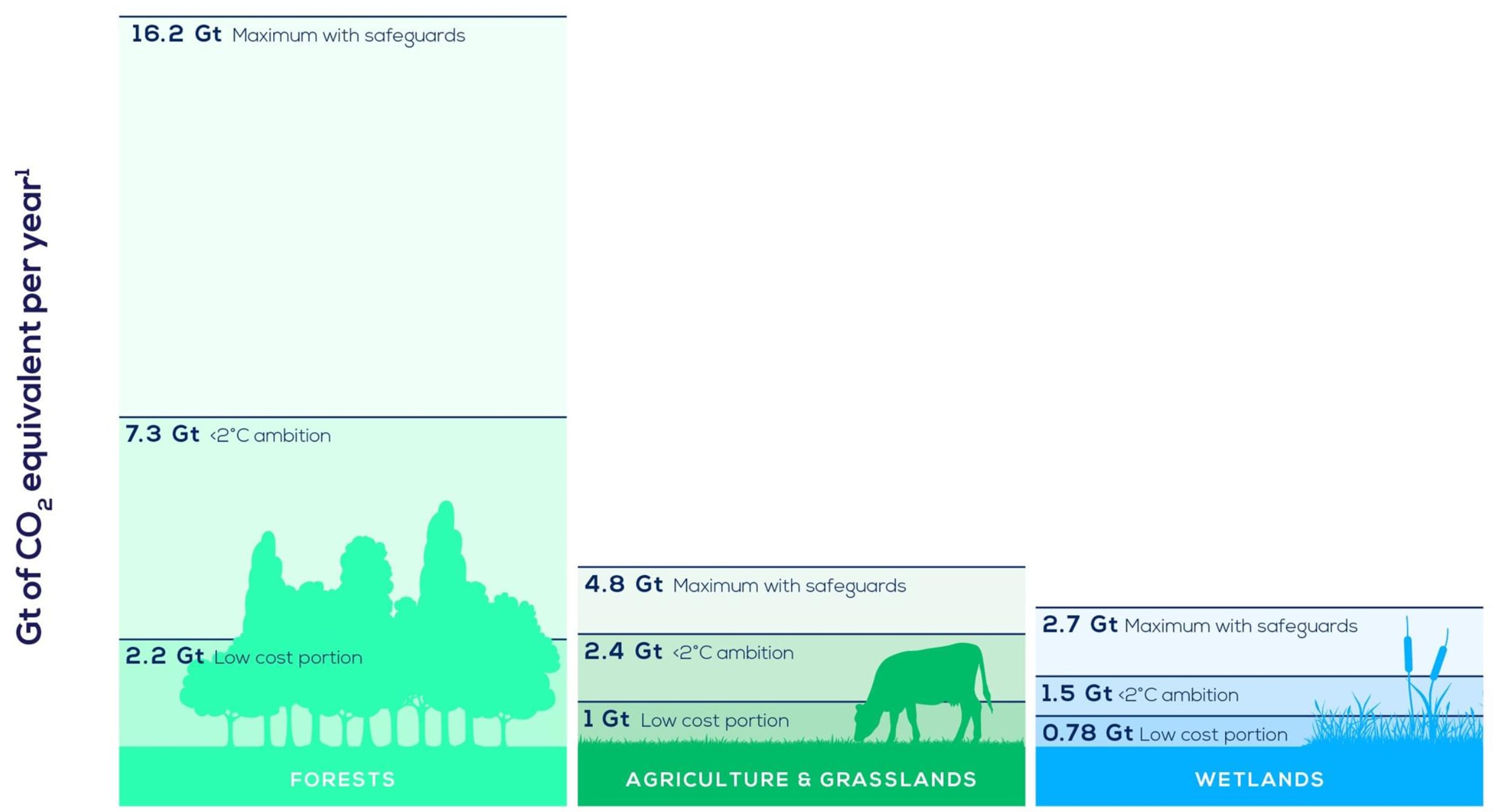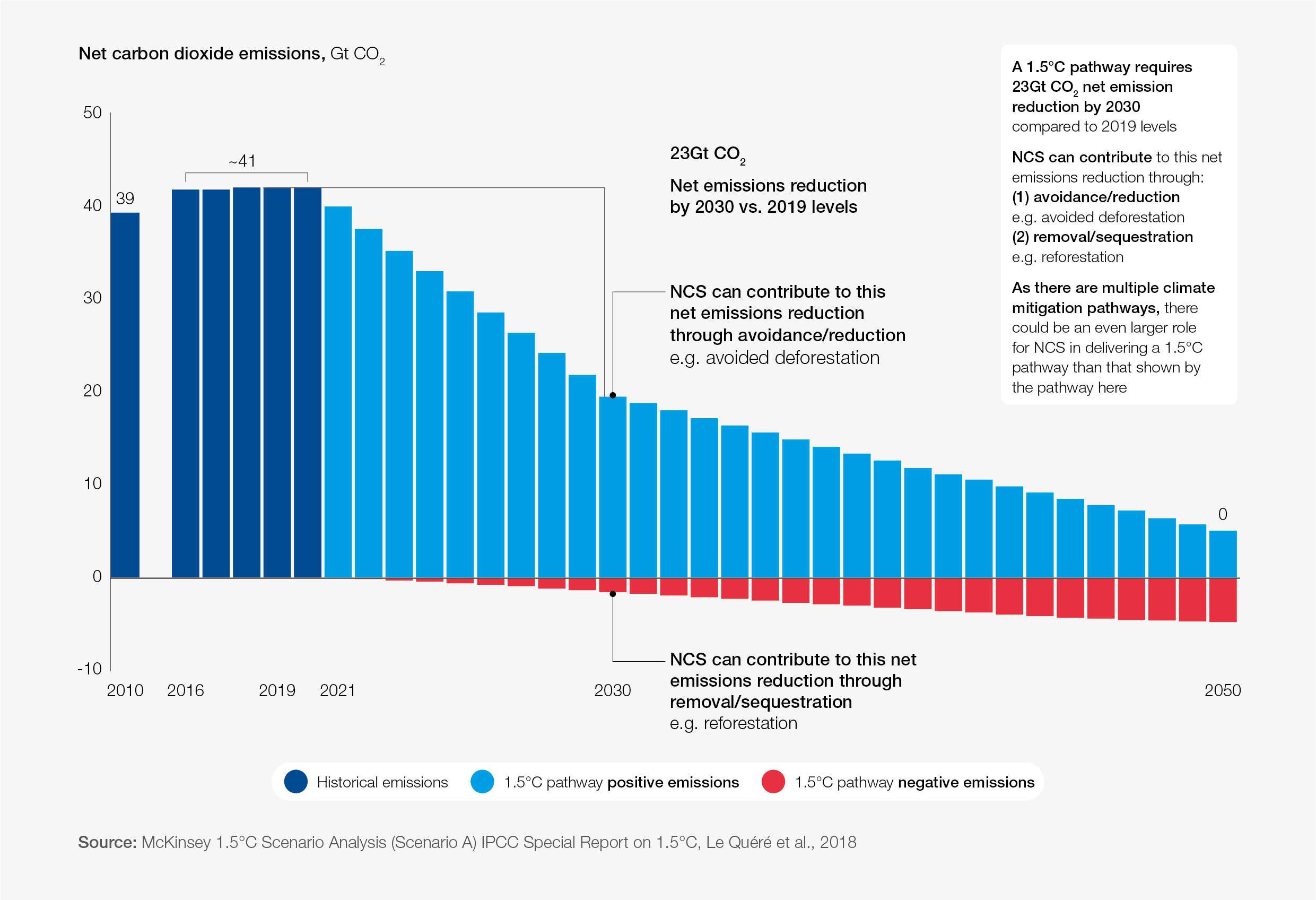Convergence 2.0: How can growth with a hard carbon budget constraint be achieved?

By agreeing to Convergence 2.0, countries can shift their development approach, which emphasizes living standards within planetary boundaries. Image: Nicholas Doherty/ Unsplash
George Gray Molina
Head, Inclusive Growth; Chief Economist, United Nations Development Programme (UNDP)
Get involved with our crowdsourced digital platform to deliver impact at scale
Stay up to date:
Climate Crisis
- Countries are lagging in meeting Paris Agreement goals, requiring nearly 8% yearly greenhouse gas reduction by 2030 for a 50% chance of still making the 1.5°C limit.
- By agreeing to Convergence 2.0, countries can shift their development approach, which emphasizes living standards within planetary boundaries.
- Convergence 2.0. will require global cooperation, new financing models for a fair transition, and a shared ambition to address historical emissions gaps to achieve net zero.
The stocktake at COP28 rang loud and clear: countries are wildly off course to meet the ambitions set out by the Paris Agreement. As an example, countries would have to reduce global greenhouse gas emissions (GHG) by close to 8% per cent a year going to 2030 to have a better than 50% per cent chance of staying within 1.5°C degrees of warming — almost twice the rate of reduction achieved in 2020, amid COVID-19.
Discouragingly, emissions show no signs of coming down. At current levels, we only have about six years left until the remaining 1.5°C degree carbon budget is depleted — or 24 years under the much more dangerous 2.0°C degree budget.
A decoupling of emissions from economic growth needs to accelerate dramatically. As economies decarbonize, they also need to create jobs and raise incomes and living standards. This will be particularly important in developing and emerging economies (EMDEs). This is the true challenge of our times.
Have you read?
Carbon creditors and debtors, by present and historical emissions
What to do? We think it’s time to redefine the development approach for the first half of the 21st century: rather than insist on achieving the highest rate of GDP per capita possible regardless of emissions and material footprint (Convergence 1.0), the objective function of policymaking must pivot to maximizing the highest standard of living possible within planetary boundaries (Convergence 2.0).
Doing so is a practical necessity because the default scenario amplifies divergence between countries — and a hard carbon budget constraint will not close without all countries achieving global net zero. The Paris Agreement recognizes that all countries will need to decouple growth from emissions but at different speeds. What are these agreeable speeds?
It would be fair to expect countries that have far exceeded their fair shares of the global carbon budget — the carbon debtors — to decouple at higher rates. This will leave a more extended net zero pathway for the carbon creditors.
Based on current annual emissions, 125 countries (including the USA, China, and most EU member states) are carbon debtors. This means that their emissions per capita are higher than what would have been the case had global emissions instead been distributed on an equal per capita basis.
Accounting for historical emissions from 1960, the number of carbon debtors falls to 72 countries, including 13 of today’s top 20 largest emitters (see Figure 1). Countries like the USA, Canada, and Australia have spent more than three times their fair share of global emissions, while countries like Indonesia, Vietnam, and India have not even spent half.

While carbon debtors, in general, do have more ambitious Nationally Determined Contributions (NDC) plans, emissions from carbon creditors, most of which are EMDEs, have grown rapidly over the past decades and now account for about 50 per cent of annual emissions. In other words, there is no scale and speed of emissions reductions in debtor countries large enough to ensure a fair net zero transition without debtors also agreeing to fund emission reductions aggressively outside their own borders.
Convergence 2.0, driven by trade and finance
Convergence 2.0 requires a horse race that is very different from the current one. Rather than maximizing GDP per capita — with no emissions constraint — countries will race to achieve global net zero.
Carbon debtors should move the fastest to net zero while ensuring (through appropriate financing, trade and technological flows) that high-emitting creditors with limited capacity quickly move with them. A fair convergence path to global net zero will describe the new comfort zone for the global economy in the second half of the 21st century.
Global climate finance will need to refocus. Wealthy emitters that have long ago depleted their ‘fair emissions shares’ will need to aggressively step up their direct funding of global climate finance to reach global net zero. Other countries with financial capacity will have to chip in as well. Delaying funding, either through the provision of too little funding and/or insisting on unreasonable terms, will only push up future climate finance spending needs for all.
What would a fair global financing model look like?
One option is to ask the group of highest per capita emitting countries to supply financing based on their excess emissions with a tiered carbon price based on how much countries have spent on their historical fair emission shares. Using this approach, we estimate that every $100 billion of global climate financing supplied could be funded by an average carbon tax of $3.7/tCO2 among the 67 highest emitters.
What is the World Economic Forum doing on natural climate solutions?
Final thoughts
The global economy will likely face a slowing pace of potential economic growth over the next 10 years. We need to add a hard carbon budget constraint to that challenge. No existing carbon capture or removal technologies will allow us to stay within carbon budgets. In the long run, negative emissions technology could help but is unlikely to reverse a century and a half of baked-in emissions. This is literally a race against time.
Convergence 2.0 can be thought of both as a normative (a ‘fair share’) project but also as a positive (political economy and geopolitical) process. A race to net zero is literally a race for a competitive edge in the 21st century.
The USA, EU and China are already showing templates for how this will look like in future. A question mark remains on whether developing and emerging economies can replicate these templates.
Multilateral tools and instruments will need to address these newfound challenges. Moving to a new economic equilibrium will also require national policies to use ‘beyond GDP’ yardsticks of progress as a matter of urgency, rather than a matter of preference.
We believe this is one of the hardest, but most interesting challenges, of our times.
Learn more about the World Economic Forum's Future of Growth Initiative, which aims to support policymakers in balancing growth, innovation, inclusion, sustainability and resilience goals while managing the trade-offs and leveraging their synergies. To get involved, please contact cnes@weforum.org.
Don't miss any update on this topic
Create a free account and access your personalized content collection with our latest publications and analyses.
License and Republishing
World Economic Forum articles may be republished in accordance with the Creative Commons Attribution-NonCommercial-NoDerivatives 4.0 International Public License, and in accordance with our Terms of Use.
The views expressed in this article are those of the author alone and not the World Economic Forum.
Related topics:
The Agenda Weekly
A weekly update of the most important issues driving the global agenda
You can unsubscribe at any time using the link in our emails. For more details, review our privacy policy.
More on Climate ActionSee all
Pooja Chhabria and Michelle Meineke
April 28, 2024
Lisa Donahue and Vance Scott
April 28, 2024
Kate Whiting
April 26, 2024
Santiago Gowland
April 24, 2024
Amanda Young and Ginelle Greene-Dewasmes
April 23, 2024
Andrea Willige
April 23, 2024








